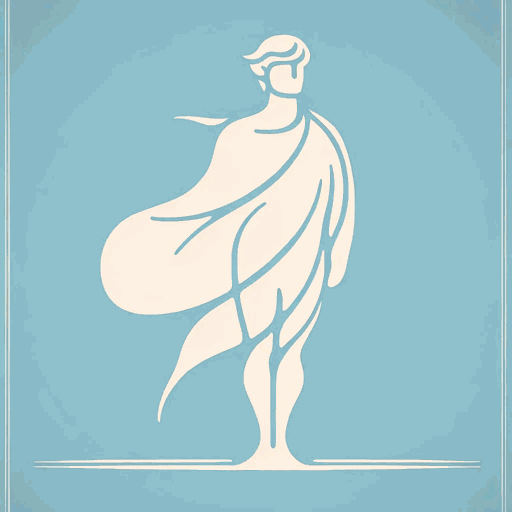52 pages • 1 hour read
Joseph CampbellThe Power of Myth
Nonfiction | Book | Adult | Published in 1991A modern alternative to SparkNotes and CliffsNotes, SuperSummary offers high-quality Study Guides with detailed chapter summaries and analysis of major themes, characters, and more.
Chapter 3Chapter Summaries & Analyses
Chapter 3 Summary: “The First Storytellers”
Campbell continues to develop his argument that myth can awaken unconscious wisdom in all people. In this chapter, he focuses on mythology in Neanderthal and early human societies. These myths, he reveals, have allowed him to come to terms with his mortality and have strengthened his belief in existence after death. Campbell notes that Neanderthal burials are evidence of the earliest known mythological thinking because they indicate a belief in life after physical death. He and Moyers describe their feelings of awe concerning primitive cave paintings, and Campbell recalls a trip into these caves. Not much is known about the purpose of the cave paintings beyond some connection to boys’ initiation rites. Campbell describes an initiation ritual from Aboriginal Australian tribes that could point to what the caves were used for. It involves intense psychological and physical experiences that facilitate the change from boyhood to manhood. Campbell laments that there is no modern Western equivalent, an absence that leaves boys psychologically immature well into physical adulthood. He observes that there are fewer initiation rites for girls because menstruation thrusts adulthood upon them.
A large part of the conversation in this chapter centers on hunting mythologies and how tribespeople dealt with the need to kill animals for food.
Related Titles
By Joseph Campbell



